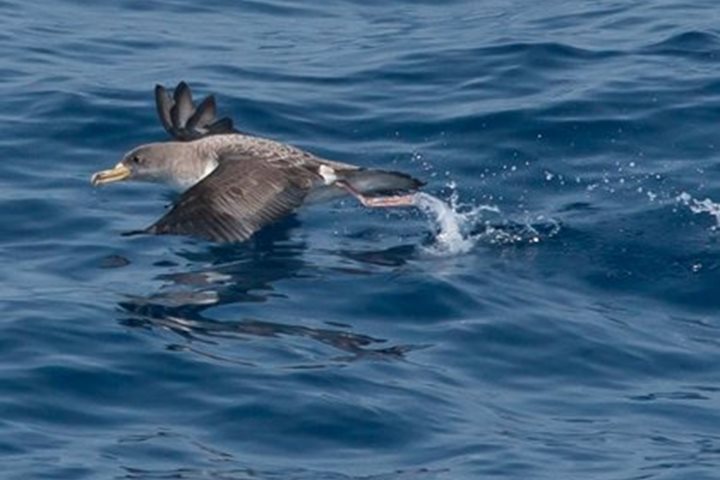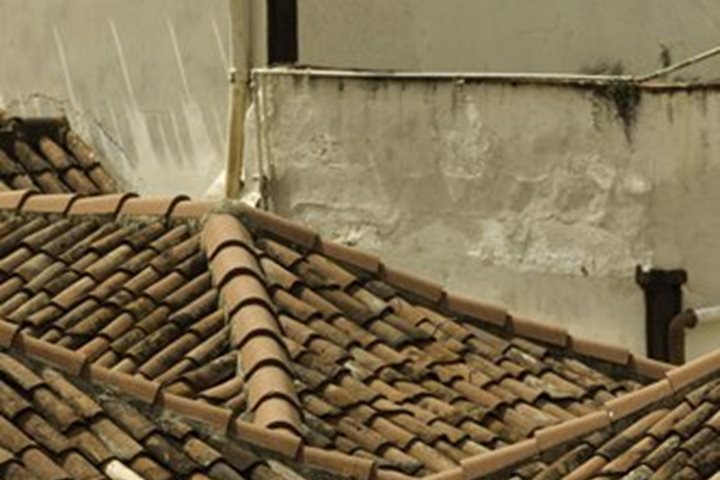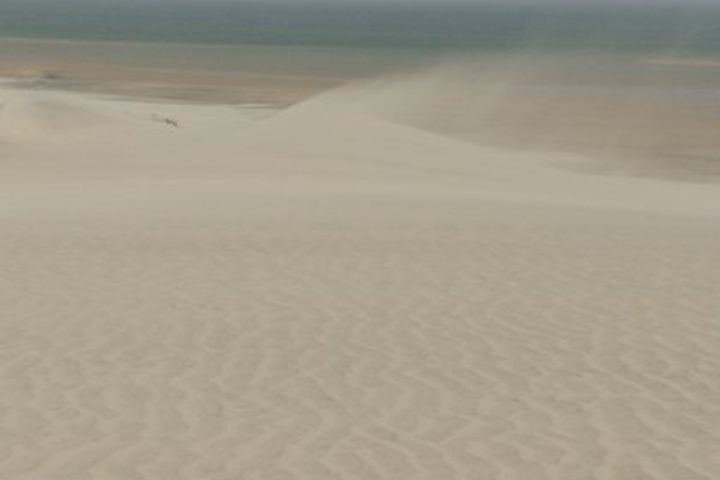Dakar, Senegal
It was noticeably cooler, but none the worse for that, as we came alongside in the thriving commercial port of Dakar, the capital of Senegal. Instead the walls of containers to which we had become accustomed, the quayside was lined with rows of new Japanese vehicles, ready for export to Antwerp in Belgium, whether they were a trans-shipment or had been assembled at a Senegalese plant we had yet to determine. The city has a population of over three million, representing a quarter of the country’s inhabitants.
For our morning excursion we boarded a ferryboat to visit Gorée Island, famous in the annals of the slave trade as a holding area for slaves prior to their shipment across the Atlantic. The island is small and its ensemble of colonial architecture colorful and atmospheric. Amongst its most visited sites is the House of Slaves where a good small museum details the slave trade and offers another Door of No Return. How terrifying that endless Atlantic horizon must have seemed to captured slaves who had rarely left their native villages! They had no knowledge of themselves as Africans coming from hundreds of different ethno-linguistic groups. On arrival in the Americas they had no common language and, as time progressed, no collective memory, a disabling condition that contemporary DNA studies may be able to rectify. The fort also contained many interesting displays of the country’s history, including a fine model of a French slaving ship from the Atlantic port of La Rochelle.
Dakar is dramatically situated on twin hills—Les Mammelles—that rise behind a gap in the limestone cliffs that extends to east and west of the harbour. Its buildings owe much to the French colonial period and our afternoon tour included a visit to Independence Square where, in 1960, General DeGaulle famously offered the country independence whilst at the same time warning that the road to success would be long and hard. Law Courts and the Bourse from the colonial period could be contrasted with some fine contemporary versions of these institutions. Our tour also included a visit to a traditional market and to a sand painting studio before returning via the colorful fishing village of Soumbédioune. Rarely on the afternoon drive along the western corniche were we out of sight of the extraordinarily grandiose African Renaissance monument from which spectacular views of the city are afforded. We were very fortunate with this city tour: the sky had cleared to provide fine weather and good visibility with minimal traffic as the city enjoyed a leisurely weekend. An alternative afternoon nature option reported good sightings of wetland birds including 11 species of heron. For everyone, the day finished in style with a dinner ashore in one of the city’s top nightclubs where top exponents of Mbalax music entertained us.
All in all, our visits to Senegal and The Gambia were highly successful and upbeat. Our stay in Dakar included an inspiring presentation from Viola Vaughn who runs the Ten Thousand Girls project helping advance the cause of young women in rural Senegal. This time last year these were our only ports of call in West Africa and guests were anxious about what to expect in a developing country. On this voyage we had visited Monrovia and Freetown prior to our arrival in The Gambia and Senegal and the general reaction was one of surprise at how well these countries were functioning. So much of what we experience is relative, just one of several salutary lessons from this epic voyage. To hear of the impact of the National Geographic Explorer’s visit to Liberia, follow these audio links to NPR and PRI:
http://www.npr.org/2012/04/18/150898544/tourists-make-historic-visit-to-war-ravaged-liberia






